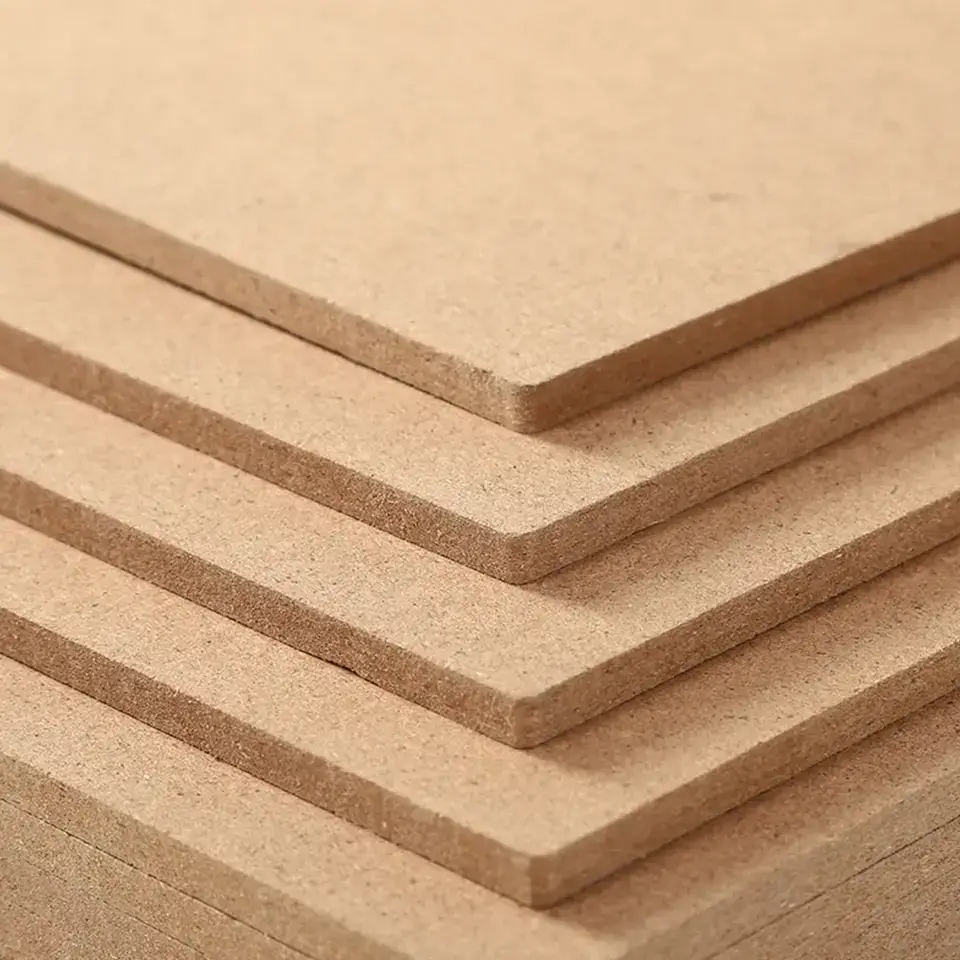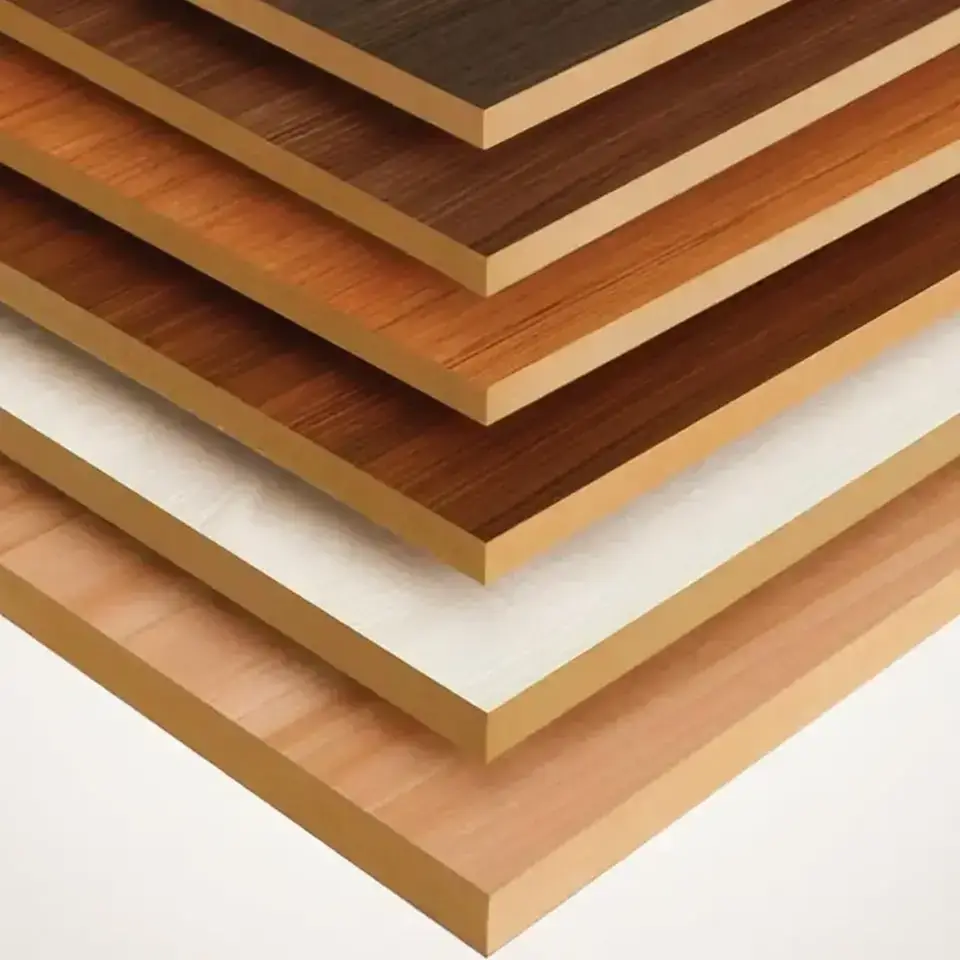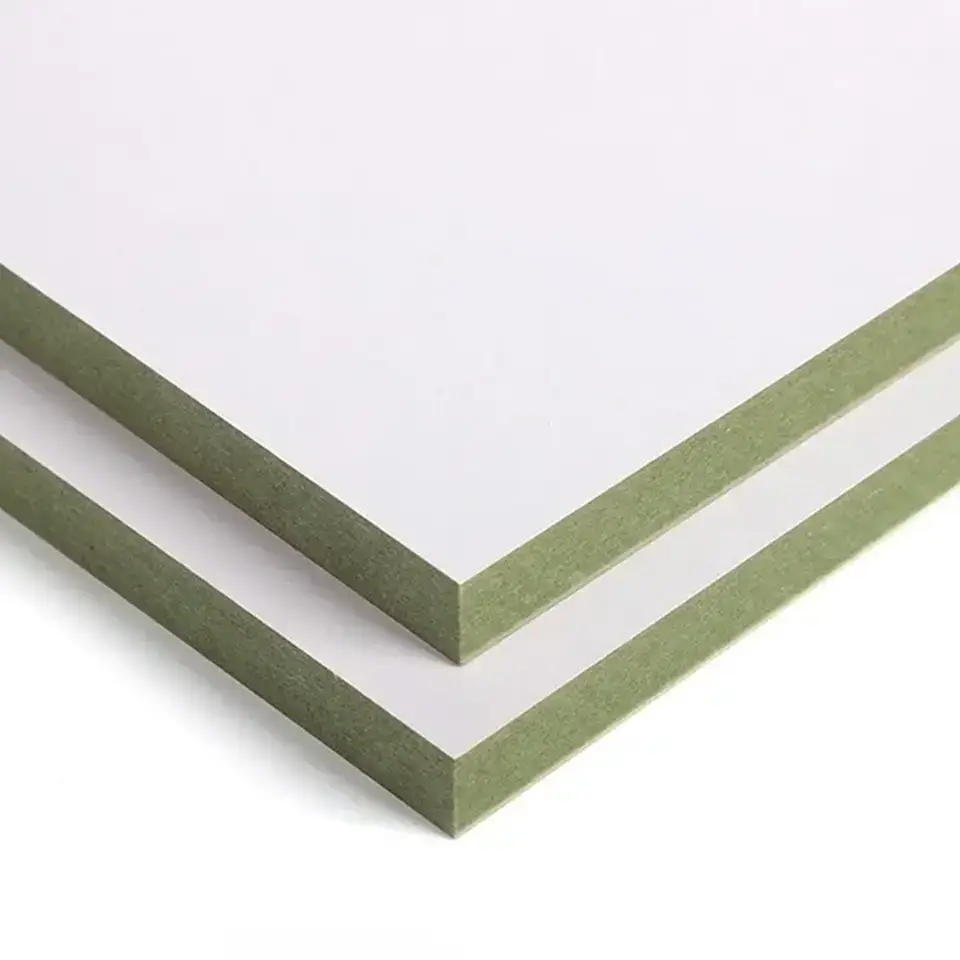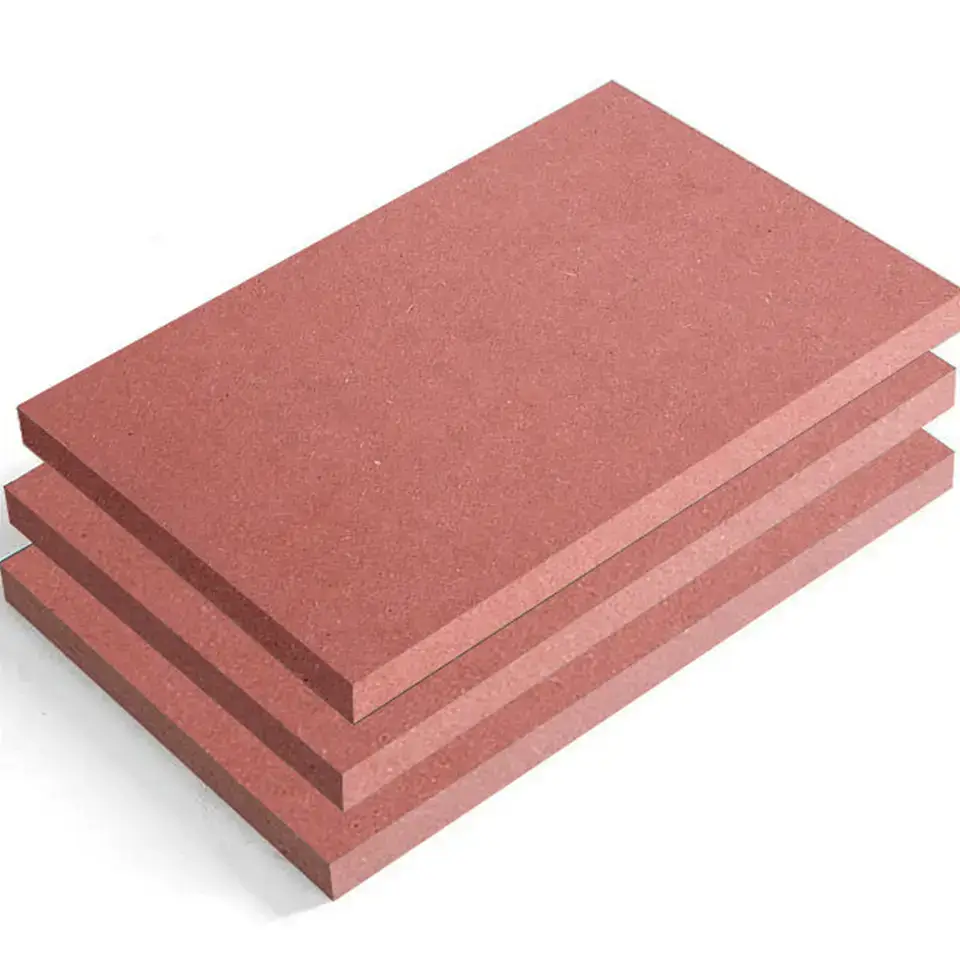When it comes to choosing materials for interior applications such as cabinetry, furniture, and panelling, Medium Density Fibreboard (MDF) has emerged as a popular alternative to solid wood. MDF offers a range of advantages that solid wood does not possess, making it a versatile and practical choice for various projects. In this article, we delve into the unique advantages of MDF and why it has become a preferred option for designers, builders, and homeowners alike.
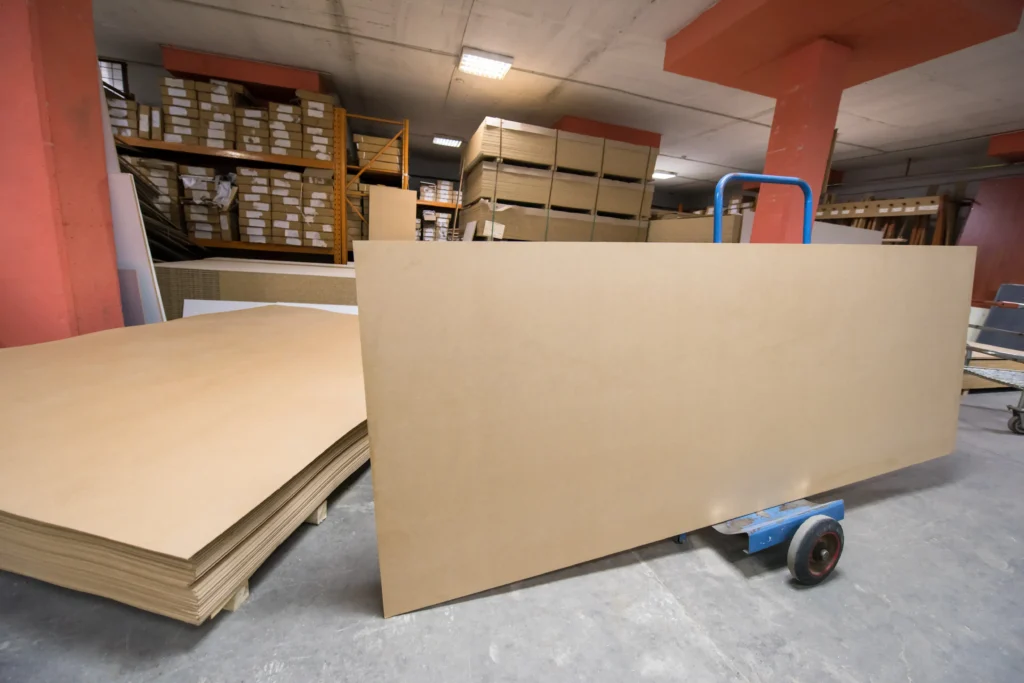
Water Resistance
One of the key advantages of MDF over solid wood is its superior water resistance. Unlike solid wood, which is prone to damage and mould growth in moist environments, MDF maintains its structural integrity and appearance even in high humidity areas such as bathrooms. The manufacturing process of MDF involves high technical skills, resulting in a product that is less susceptible to moisture-related issues.
Termite Resistance
MDF is inherently resistant to infestations by termites, woodworms, house borers, and other insects, making it an ideal choice for environments where pest control is a concern. Unlike solid wood, which requires regular treatment to prevent infestations, MDF provides long-term protection against insect damage without the need for additional treatments.
Temperature Stability
Another advantage of MDF is its ability to withstand temperature variations without compromising its structural integrity. Unlike solid wood, which expands and contracts in response to changes in temperature, MDF remains stable, ensuring that cabinets, doors, and furniture maintain their appearance and functionality over time.
Painting and Finishing
MDF offers a smoother and more consistent surface for painting and finishing compared to solid wood. Its homogeneous composition and absence of visible grains make it easier to achieve a seamless finish, without the risk of knots or grain bleeding through the paint. Additionally, MDF is easier to seal and prime, resulting in a professional-looking finish for interior applications.
Cost-Effectiveness
MDF is a cost-effective alternative to solid wood, making it a practical choice for various artistic and design projects. Its reasonable price point allows for greater flexibility in budgeting and enables homeowners and designers to explore creative ideas without breaking the bank.
Customization and Availability
MDF is highly customizable and readily available in a variety of sizes and panel options. Its smooth and continuous surface makes it suitable for cutting, routing, moulding, and drilling, allowing for intricate designs and detailing. Additionally, MDF sheets are available in larger panels than solid wood, making them ideal for projects that require bead board panels or wainscot panelling.
Environmental Sustainability
MDF is an environmentally friendly option, as it is made from wood fibres and has minimal carbon footprint compared to solid wood. Unlike solid wood, which requires logging of mature trees, MDF is manufactured using recycled wood fibres, making it a sustainable choice for interior applications.
Medium Density Fibreboard (MDF) offers a range of advantages over solid wood, including superior water resistance, termite resistance, temperature stability, ease of painting and finishing, cost-effectiveness, customization options, and environmental sustainability. These advantages make MDF a versatile and practical choice for a wide range of interior applications, providing designers, builders, and homeowners with the flexibility and durability they need to bring their creative visions to life.
Lorem ipsum dolor sit amet, consectetur adipiscing elit. Ut elit tellus, luctus nec ullamcorper mattis, pulvinar dapibus leo.
Related blogs
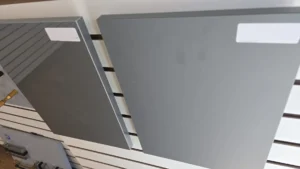
An Analysis of the Advantages and Disadvantages of Different Edge Treatment Methods for Melamine Plywood
Melamine plywood, a material widely used in furniture manufacturing, interior decoration, and other fields, has

Additives Used in Plywood Glue: Functions and Benefits
Additives are essential in plywood glue formulations, enhancing the performance, durability, and environmental friendliness of

Synchro Plywood: A High-Quality Composite for Realistic Wood Finishes
What is Synchro Plywood? Synchro Plywood is an innovative composite material designed to emulate the

The 5 Best Kitchen Cabinet Materials: Pros and Cons
Choosing the right material for your kitchen cabinets is essential for both style and durability.

